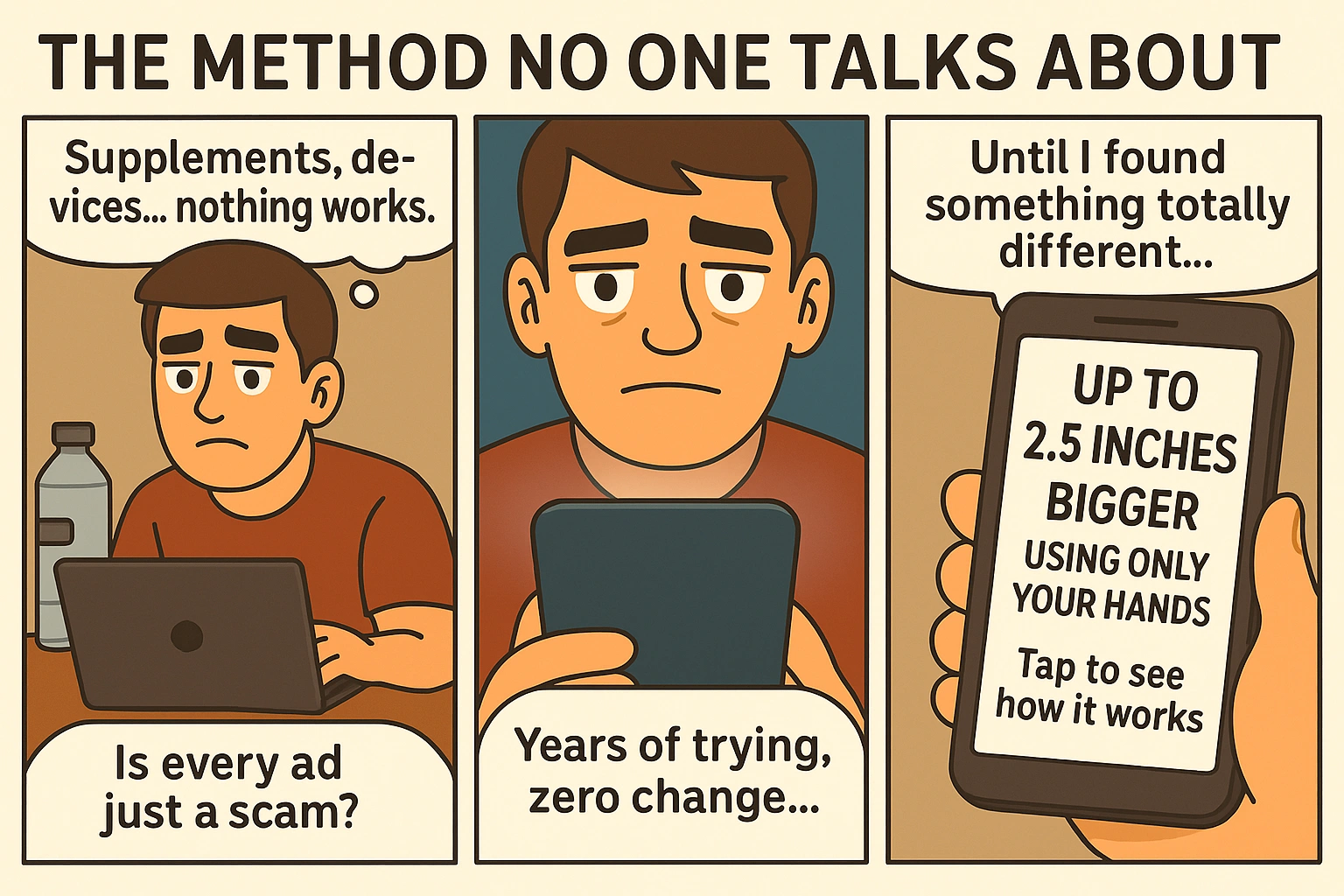Pelvic Floor Dysfunction in Men: The Hidden Problem Killing Your Performance
Struggling with weak erections, premature ejaculation, or tension in your lower body? You might be dealing with pelvic floor dysfunction in men—an issue rarely talked about but shockingly common. At supremepenis.com, we help men decode the silent signals their bodies are sending and take back control.
What Is the Pelvic Floor?
The pelvic floor is a group of muscles that sit at the base of your pelvis. These muscles control urination, ejaculation, erection quality, and even bowel movements. When they’re too tight, weak, or uncoordinated, all sorts of problems start showing up.
Common Signs You Might Have Pelvic Floor Dysfunction
Most men ignore these signs, blaming age or stress. But if you’ve noticed any of the following, it’s time to pay attention:
- Straining to urinate or a weak urine stream
- Inability to fully relax your pelvic muscles
- Tightness or soreness in the perineum or lower abs
- Premature ejaculation or loss of erection during sex
- Feeling “blocked” or stiff in the pelvic region
Why It Matters for Male Sexual Performance
The pelvic floor is like a sexual foundation. If it’s not stable and flexible, it throws off your control, stamina, and sensation. Many men with chronic sexual issues—like ED or delayed ejaculation—have underlying pelvic floor dysfunction.
What Causes Pelvic Floor Dysfunction?
Modern life is brutal on male pelvic health. Long hours of sitting, poor posture, high stress, and shallow breathing all contribute. Add in overtraining or excessive kegels, and the muscles become locked in chronic tension.
Surprising Causes You Didn’t Expect
- Wearing tight belts or jeans constantly
- Holding in gas or urine frequently
- “Power peeing” (forcing the stream)
- Sedentary office work without breaks
- Unconscious clenching of the buttocks or abs
How to Self-Test for Pelvic Floor Dysfunction
You don’t need a doctor to spot red flags. Try this:
- Lay on your back with knees bent.
- Breathe deeply and focus on your pelvic area.
- Notice if you’re involuntarily clenching or can’t feel relaxation.
If you feel tension, numbness, or pain—or can’t relax on command—you may have pelvic floor issues.
Post-Ejaculation Clues
Do you feel drained, tight, or unable to stay hard after ejaculation? This often indicates the pelvic muscles are over-contracted and under-recovered.
How to Fix Pelvic Floor Dysfunction Naturally
The good news? Most cases of pelvic floor dysfunction in men can be reversed with the right tools. No drugs. No surgery. Just awareness, relaxation, and retraining.
Step 1: Learn to Breathe Low
Diaphragmatic breathing (also called belly breathing) reconnects you to your core and pelvic floor. Most men breathe high in the chest—triggering tension and cortisol.
How to Practice
- Lay on your back with one hand on your stomach
- Inhale slowly through the nose, feeling your belly rise
- Exhale fully and feel your lower body relax
Do this for 5 minutes, twice a day. Over time, your pelvic floor learns to let go.
Step 2: Reverse Kegels
Most people know about regular kegels (tightening). But if your pelvic floor is too tight, you need to practice letting go. That’s where reverse kegels come in.
Reverse Kegel Basics
- Instead of clenching, try to gently push downward—like when you’re peeing
- It should feel like a subtle release, not a strain
- Combine with exhalation for best effect
Step 3: Posture and Movement
Sitting hunched over your desk all day destroys pelvic alignment. It weakens glutes, tightens hip flexors, and locks the pelvis.
Fix Your Foundations
- Stand up every 30 minutes and stretch your hips
- Use a standing desk when possible
- Walk daily for 20–30 minutes, swinging arms naturally
Step 4: Targeted Mobility and Massage
Foam rolling and hip mobility drills help unlock chronic tightness around the pelvis. You can also use a lacrosse ball to gently release the perineum and adductors.
Pelvic Release Routine
- Foam roll your inner thighs and glutes
- Do deep squats while breathing slowly
- Use massage oil (like black seed or almond) to work around the base of your penis and perineum
Tracking Your Recovery
Use a log to track symptoms like:
- Erection quality
- Urination flow
- Pelvic tension (1–10 scale)
- Sexual confidence
Improvements are subtle at first but compound over weeks. Most men notice significant change in 3–6 weeks of consistent pelvic work.
The Sexual Impact of Pelvic Floor Dysfunction
Many men don’t realize how deeply the pelvic floor affects sexual experience. A tight, unbalanced pelvic floor can:
- Reduce erection firmness by restricting blood flow
- Trigger premature ejaculation due to nerve hypersensitivity
- Cause post-ejaculation pain or tightness
- Interrupt orgasmic control
Why Relaxation Equals Control
The secret to lasting longer isn’t squeezing harder—it’s relaxing smarter. A supple pelvic floor allows for better blood flow and timing, so you stay hard when it matters most and don’t climax too early.
Integrating Pelvic Training into Your Enhancement Routine
If you use extenders, pumps, or jelqing, you must prioritize pelvic floor health. Think of it as the foundation beneath your size and performance goals.
Pro Protocol
- Morning: 5 min breathing + 3 reverse kegels
- After lunch: Walk 20 minutes and stretch hips
- Evening: Massage perineum with oil + foam roll glutes
How to Maintain a Healthy Pelvic Floor Long-Term
Once symptoms fade, don’t stop the habit. Maintenance is simple but powerful:
- Keep sitting time under control
- Do mobility work twice a week
- Stay sexually active and aware of tension
- Use oils to massage the region weekly
When to See a Specialist
If your symptoms persist after 6–8 weeks of consistent effort, it’s worth consulting a pelvic floor physiotherapist. They can provide hands-on release, posture analysis, and internal assessments to guide your recovery faster.
How to Find One
Look for “men’s pelvic floor physical therapy” in your city. More clinics are now specializing in male sexual health—and results can be dramatic.
Conclusion: Listen to Your Pelvis
Most men don’t know they’re clenching until it’s too late. Don’t be one of them. Your pelvic floor is the hidden engine behind control, confidence, and performance. Start listening, start releasing, and start rebuilding your foundation for the long haul.
Advanced Techniques to Heal the Male Pelvic Floor
Once you’ve mastered the basics—breathing, posture, mobility—you can start layering in advanced strategies to take your results to the next level. These methods are especially helpful if your symptoms are stubborn or you’re combining pelvic work with penis enlargement training.
1. Pelvic Wand or Therawand
These tools allow deep internal or perineal release of trigger points. It’s like a foam roller for your inner pelvic floor. Use gently with oil or lubricant, focusing on pressure and breath—not force.
2. Heat Therapy + Stretching
Applying moist heat (like a heating pad or warm towel) to the groin before stretching can melt tension and increase tissue elasticity. Pair this with hip openers like frog pose, pigeon stretch, or couch stretch for full recovery.
3. Biofeedback Tools
Biofeedback devices help men reconnect with their pelvic floor by showing muscle activation on screen. These tools are used in clinics but can be rented or purchased for home use. They improve awareness and retraining precision.
Don’t Ignore the Mental Side
Pelvic floor dysfunction in men is often tied to performance anxiety, repressed emotion, or chronic stress. These factors drive unconscious clenching and interfere with recovery. Combining physical work with mindset tools is crucial.
Recommended Practices
- Journaling about sexual experiences and frustrations
- Practicing meditation or breathwork before bed
- Using mindfulness to observe clenching during arousal
Your Recovery Timeline: What to Expect
Consistency wins. Here’s a realistic healing timeline based on real-world feedback:
- Week 1–2: Awareness improves, some soreness released
- Week 3–5: Breathing deepens, urine flow and erection quality improve
- Week 6–8: Less pain/tightness, better sexual control, increased confidence
- Week 9+: Maintenance mode, integrated with enhancement training
Remember: progress is non-linear. You may have flare-ups or days of regression. Stay patient. Stay the course.
Final Reminder: Sexual Mastery Starts at the Core
Your pelvic floor is your masculine engine. Whether you want stronger erections, more stamina, or better ejaculation control—this is where the magic happens. Unlock it. Train it. And protect it for life.









